
Pop art sculptures
BUY a pop art sculpture in the us by Carré d'artistes
Are you considering purchasing a pop art sculpture?
Pop art sculptures are highly popular today. The style has evolved since its beginnings in the 1960s, but it still reinterprets and develops the themes and codes created by the movement's pioneers. For more than 60 years, artistic trends have evolved significantly, and artists continuously create innovative works that honor the past and forge new paths.
Discover how this movement evolved through the years, the various artists that shaped it, and how to incorporate those sculptures in your home.
Read more
HISTORY AND CHARACTERISTICS OF POP ART IN SCULPTURE
Pop art in sculpture emerged in the 1950s and peaked in the 1960s in the United States and the United Kingdom, drawing inspiration from popular and commercial culture. It challenged the prevailing theories of what art should be as young artists felt that it had nothing to do with their everyday life or environment.
The movement challenged the conventions of high art by using images from popular and mass culture (including comics, advertisements, product packaging, and other commercial media). By employing imagery from pop culture in their art, they emphasized the mundane or essential elements of any civilization.
The movement blended high and low culture, creating iconic 20th-century art by integrating mass-produced objects into painting and sculpture artworks. Notable pop artists include Roy Lichtenstein, Keith Haring, Robert Rauschenberg, Richard Hamilton, Andy Warhol, David Hockney, Robert Indiana, James Rosenquist, Alex Katz, and Takashi Murakami.
Pop art statues are striking and colorful, featuring elements such as paintings, famous characters, tags, symbols, and repurposed objects. They often come in monumental or exaggerated sizes and reference easily recognizable symbols or landmarks.
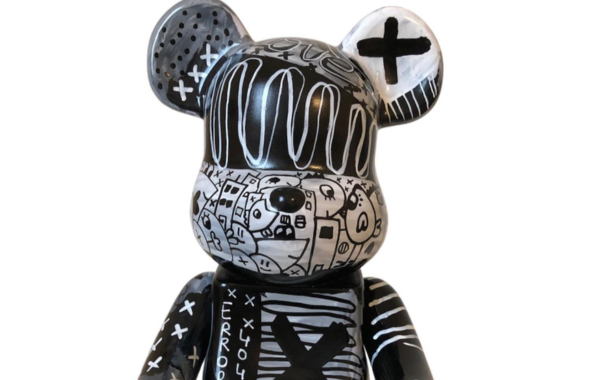
Pop Art in English and American Pop Art
Pop art emerged in the mid-1950s in Britain and, in a different form, towards the late 1950s in the United States.
The history of pop art sculpture is closely linked to the history of the movement. Most early Pop Art artists were both painters and sculptors, such as Andy Warhol, who created paintings, screenprints, and sculptures.
What characterizes this movement is the role of consumer society or mass consumption. This is the principle that American artists will highlight. They draw inspiration from advertisements, comics, television, and other forms of popular culture. Eventually, the movement expanded and influenced other areas such as fashion, architecture, and design.
Some of the major American pop art representatives include Andy Warhol, Roy Lichtenstein, Keith Haring, and Niki de Saint-Phalle.
Street art has also integrated into Pop Art, thanks to artists like Keith Haring, who began his career in the streets and subways of New York City.
CONTEMPORARY POP ART SCULPTURE
Techniques
Pop art in home decor
CONTEMPORARY SCULPTORS
Eduardo Paolozzi (1924 - 2005)
Scottish sculptor and artist Eduardo Paolozzi was a key figure in the post-war British avant-garde and a pioneer of pop art. Member of various independent groups, he focused on the impact of technology and popular culture on high art.
His collage "I'm a Rich Man's Plaything" mixed elements like pulp novel covers, Coca-Cola ads, and conscription posters, becoming a foundational work for pop art. This piece highlights the darker side of British Pop Art, contrasting the glamour of American pop culture with the economic and political struggles of Britain.
Claes Oldenbourg (1929 - 2022)
American sculptor Claes Oldenburg is known for his large-scale reproductions of everyday objects used in public art installations. A key theme in his work is the soft, sculpted interpretation of these objects. Known for his humorous food and inanimate object sculptures. Oldenburg's famous collection was first shown in his 1961 installation, "The Store", in New York's Lower East Side.
Robert Indiana (1928 - 2018)
American artist Robert Indiana was a key figure in the Pop Art movement. In 1964, he designed his iconic "LOVE" image as a card for friends, which later led to a commission by the Museum of Modern Art in New York for their annual Christmas card. He submitted three variations of a 12-inch square oil painting based on his "LOVE" photograph, with red, blue, and green selected as the most impactful colors. The artwork quickly became a top favorite at the museum.
At Carré d'artistes, you can discover pop art sculptors such as Floh, Sgarra, and others.
Sculptures By price


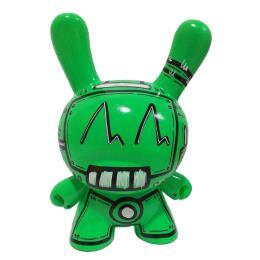

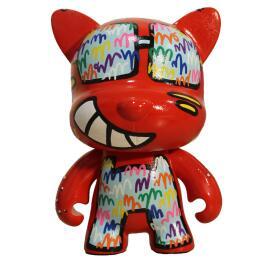
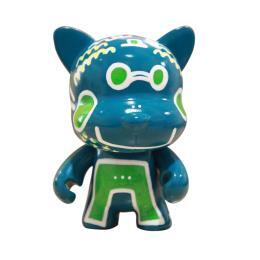


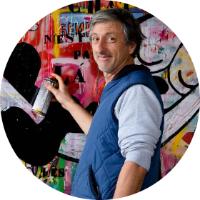
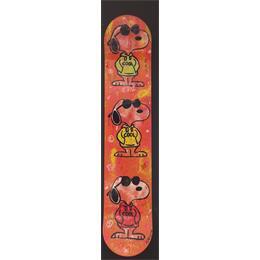
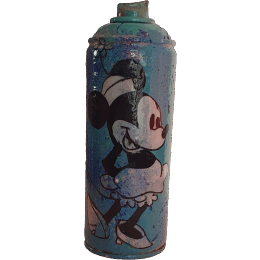
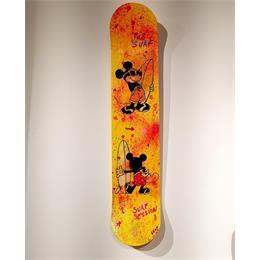


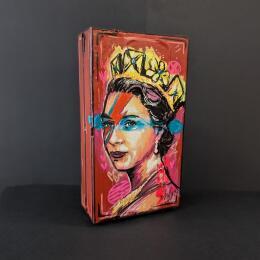
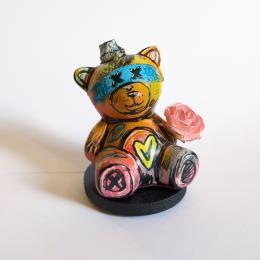

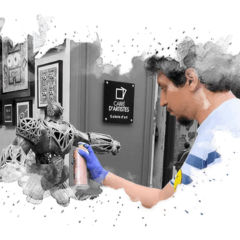

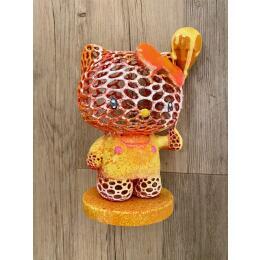


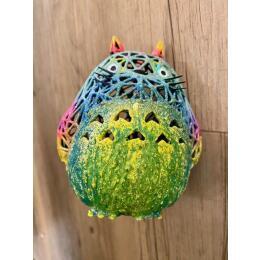
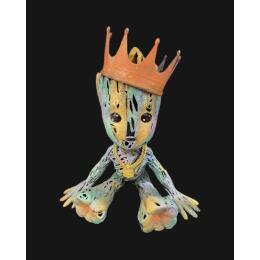
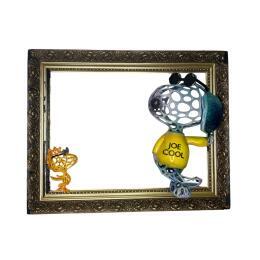
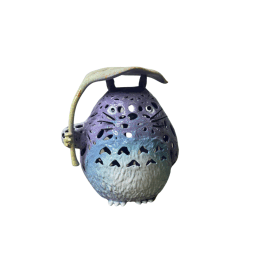
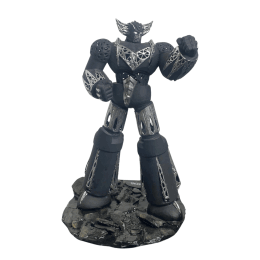
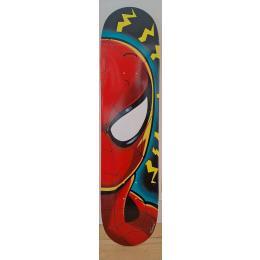
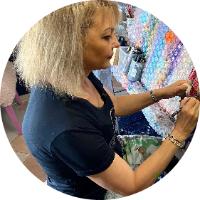
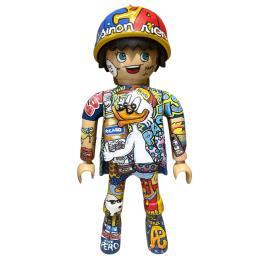




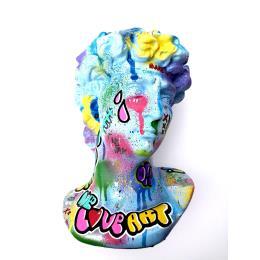

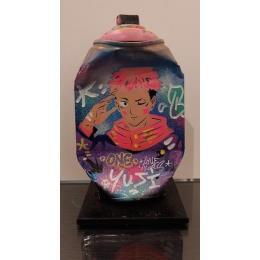
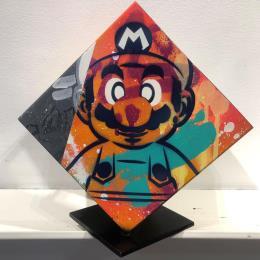




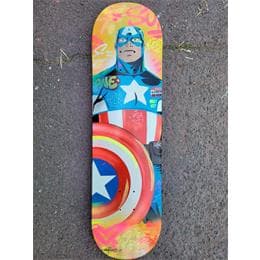




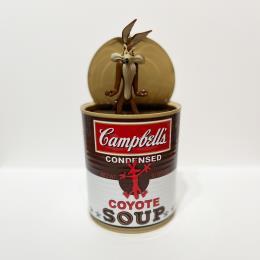

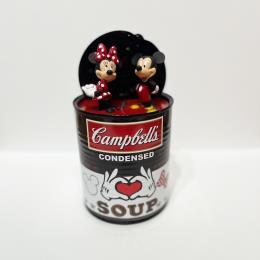
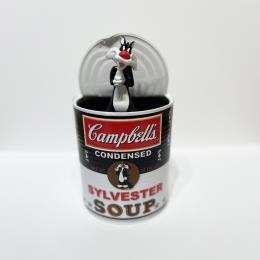
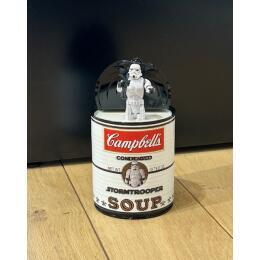
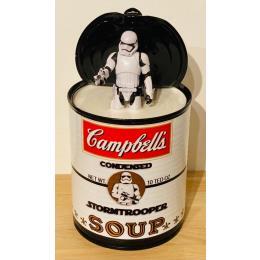

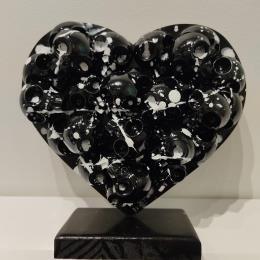


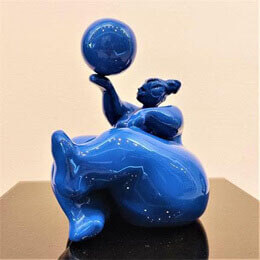
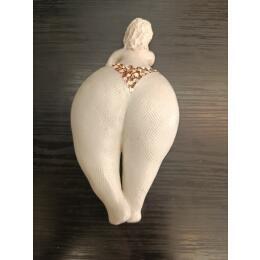
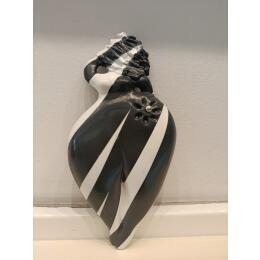


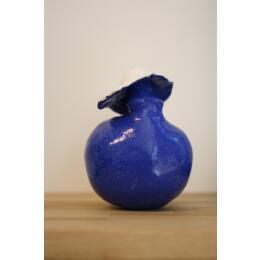
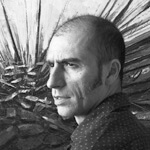

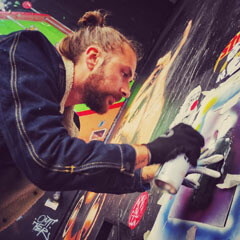


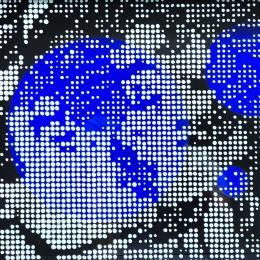


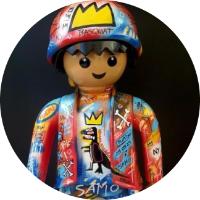


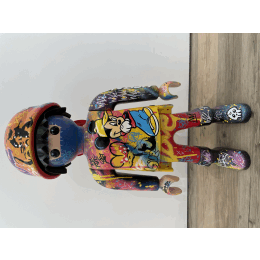
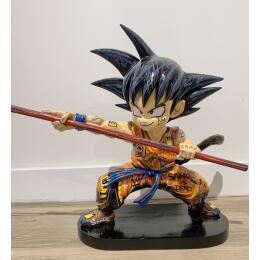
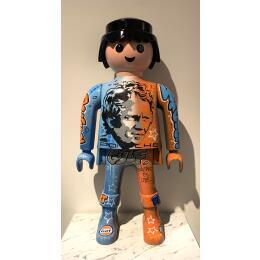
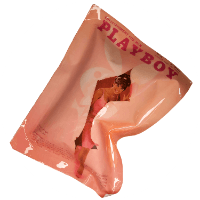
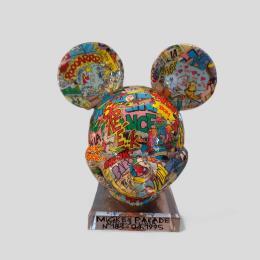
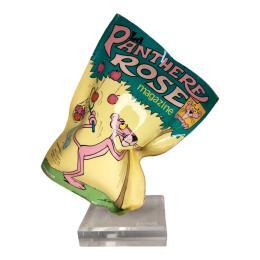



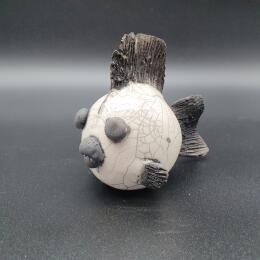


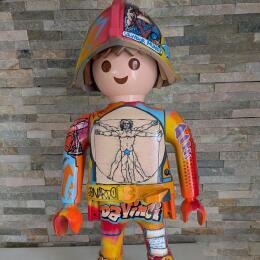
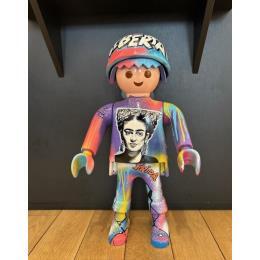

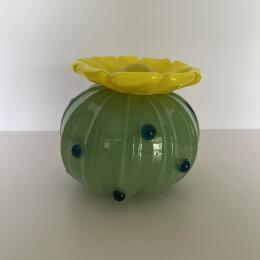
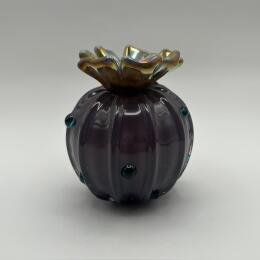

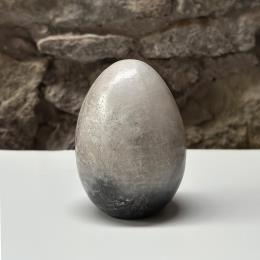

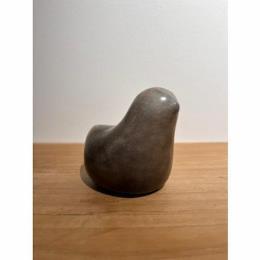


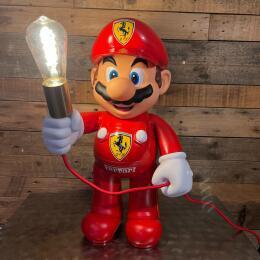

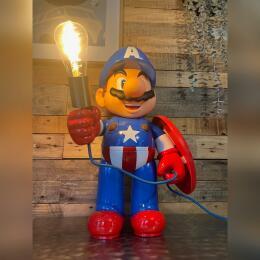
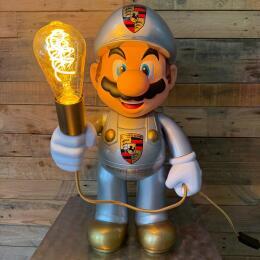

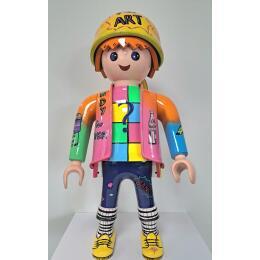
2.jpg)

